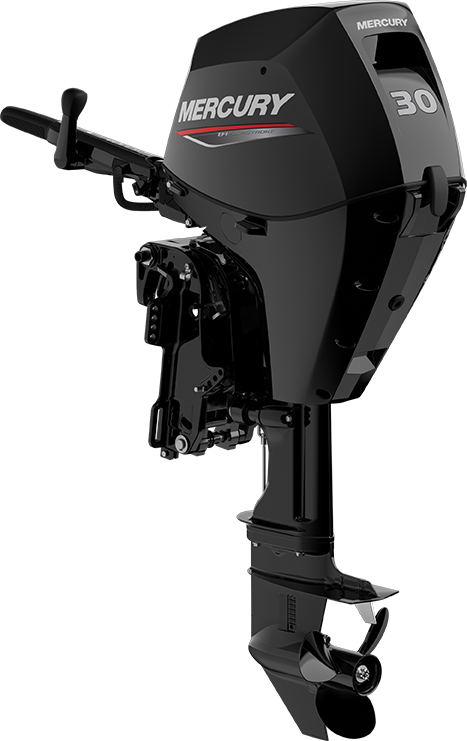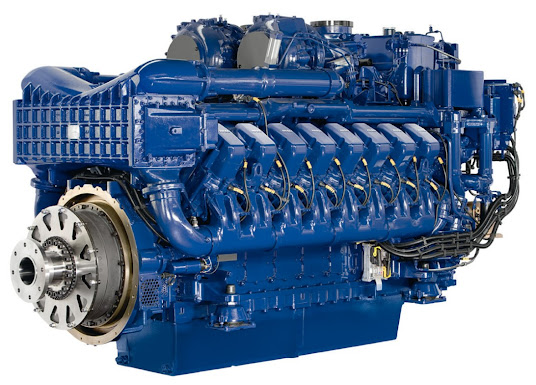Yamaha, Honda, Kawasaki and Suzuki to co-develop hydrogen small mobility engines
The Japanese Ministry of Economy, Trade and Industry has granted approval to Yamaha Motor Co., Honda Motor Co, Kawasaki Motors and Suzuki Motor Corporation to form the technological research association HySE (Hydrogen Small mobility and Engine technology), which will develop hydrogen-powered engines for small mobility – suitable for fitment to motorcycles, small marine vessels, construction equipment and mini-vehicles from Japan.
With the mobility sector looking for ways to decarbonize, research and development programs aiming to commercialize hydrogen engine mobility are increasing in number.
The use of hydrogen for mobility does, however, come with its own set of challenges. These include fast flame speed and a large region of ignition, which can result in unstable combustion. Other technical issues include the limited fuel tank capacity of smaller vehicles.
To overcome such technical challenges, the HySE consortium will draw on each company’s respective expertise in petrol-powered engines to establish a design standard for small hydrogen-powered engines and advance research in this area.
“We are extremely pleased to announce the planned formation of the association,” said Kenji Komatsu, chairman nominee of HySE and executive officer of the Technical Research & Development Center, Yamaha.
“There are many challenges in the development of hydrogen-powered engines, but we hope to see the association’s activities advance the fundamental research in order to meet those challenges. We are committed to this endeavor with a sense of mission to preserve the use of internal combustion engines, which epitomize the long-time efforts that our predecessors have invested.”
Honda will be responsible for researching the model-based development of hydrogen-powered engines, with Suzuki conducting element studies on the functionality, performance and reliability of the power-trains. Both Yamaha and Kawasaki will carry out physical research using real hydrogen-powered engines.
Yamaha will also study the requirements for a hydrogen refueling
system and hydrogen tanks for small mobility, with Kawasaki studying the
auxiliary equipment required for a fuel supply system and tanks, and
the equipment installed between the fuel tank and the injector. PT31052023













